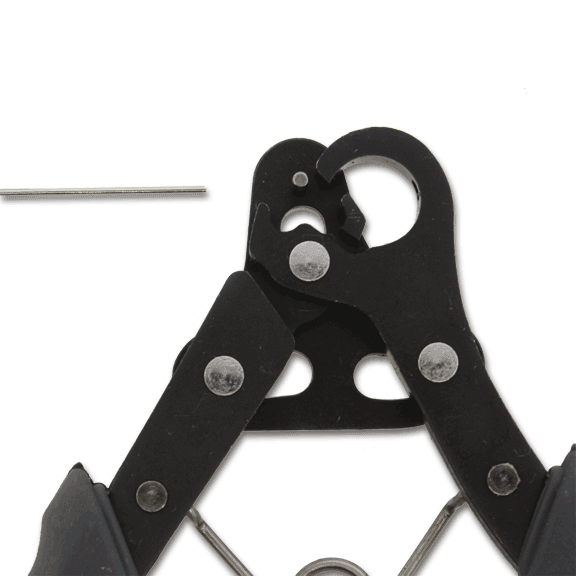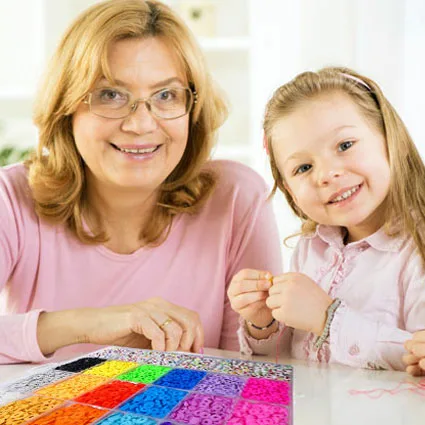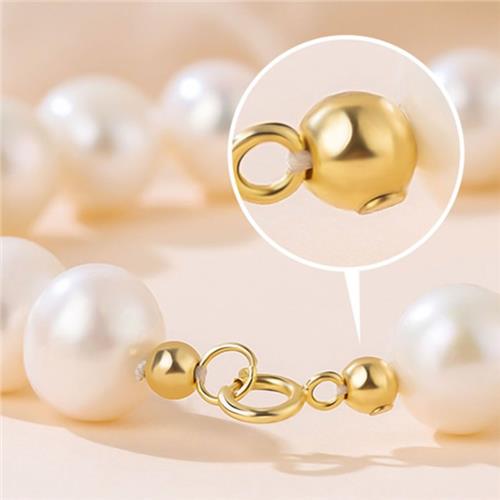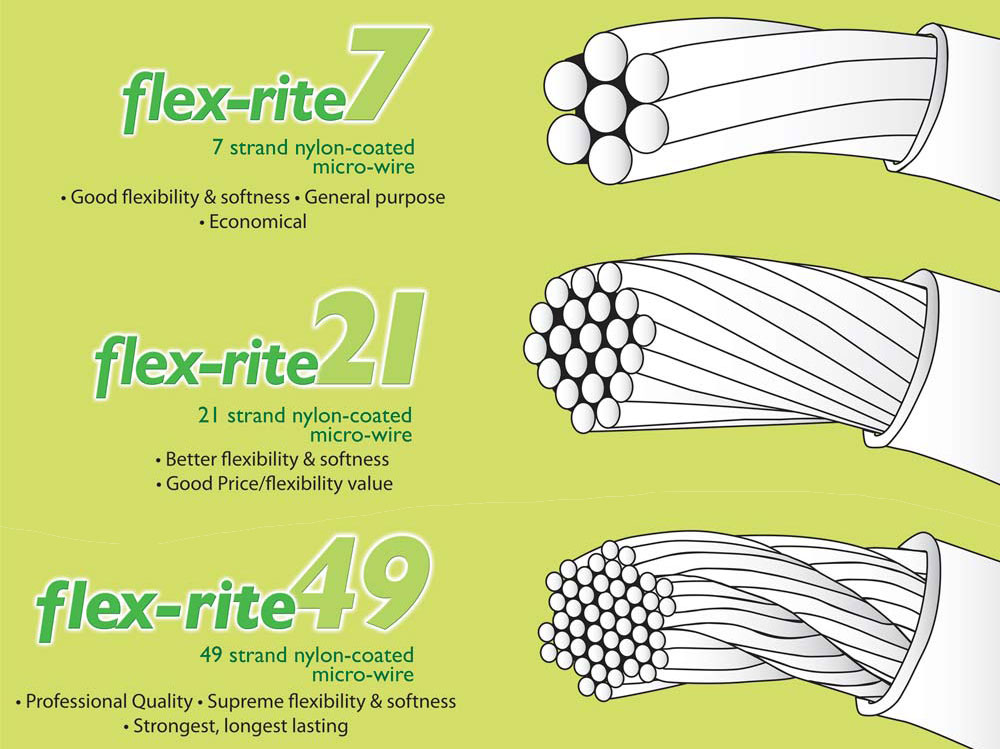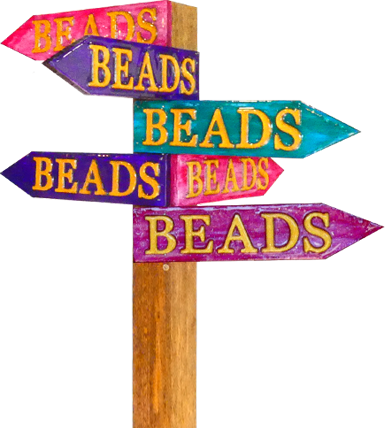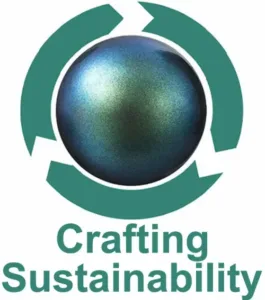Coloured Pearls
Coloured Freshwater pearls are typically dyed by immersing them in a solution containing a safe and non-toxic colour additive and a fixative. The colour additive can be any number of safe materials, including dyes specifically made for pearls, aniline dyes, or even food colouring. The fixative helps the colour adhere to the pearl’s surface. The pearls are then rinsed and polished to restore their shine. The process of dying freshwater pearls can improve their colour, giving them a uniform appearance and enhancing their overall beauty. This allows for many bright and vibrant colour options not otherwise available in unaltered pearls.
Showing all 28 results
-
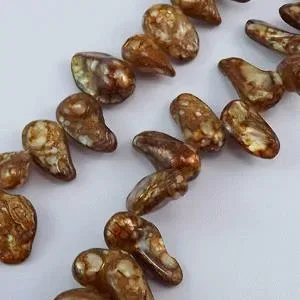
Freshwater Blister Pearls Large Strand Brown
$10.0011 in stock
-
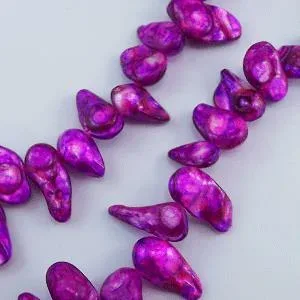
Freshwater Blister Pearls Large Strand Purple Pink
$10.0022 in stock
-
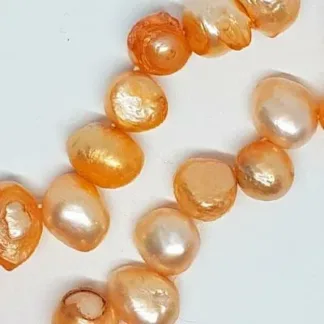
Freshwater Pearl 10mm Peach Flat Potato Beads Strand
$16.007 in stock
-
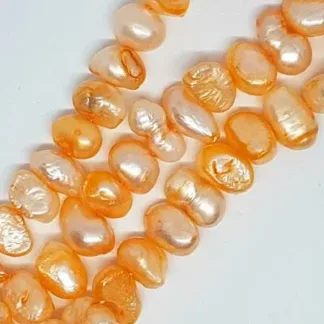
Freshwater Pearl 6-10mm Orange Potato Beads Strand
$10.0011 in stock
-
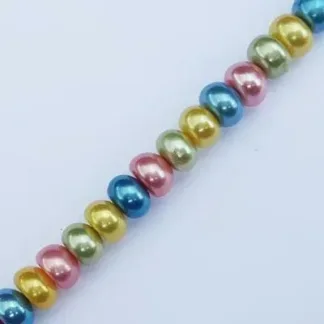
Freshwater Pearl 6-7mm Bright Colour Button Beads Strand
$38.0034 in stock
-
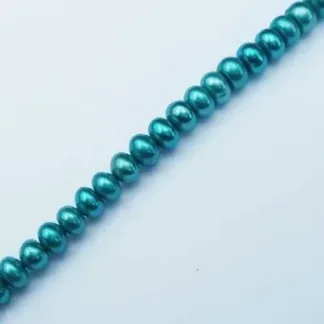
Freshwater Pearl 6mm Round Button Aqua Beads Strand
$32.00Out of stock
-
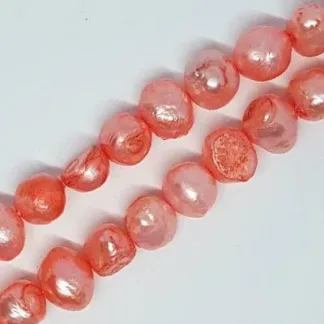
Freshwater Pearl 8-10mm Peach-Pink Flat Potato Beads Strand
$18.0016 in stock
-
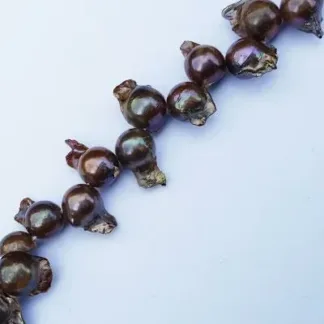
Freshwater Pearl 8-11mm Sharp Baroque Blister Dyed Peas and Gravy Brown Beads Strand
$12.002 in stock
-
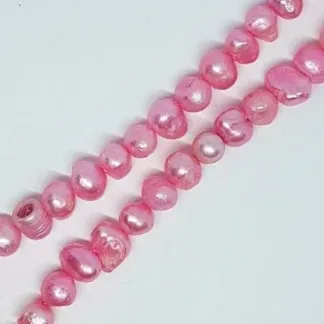
Freshwater Pearl Bright Pink 8mm Potato Beads Strand
$16.003 in stock
-
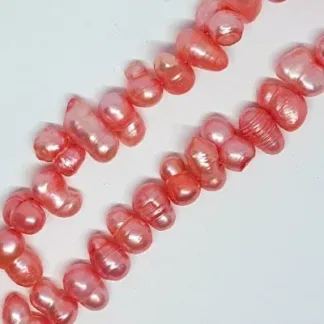
Freshwater Pearl Bright Pink Top Drilled Peanut Beads Strand
$14.0011 in stock
-
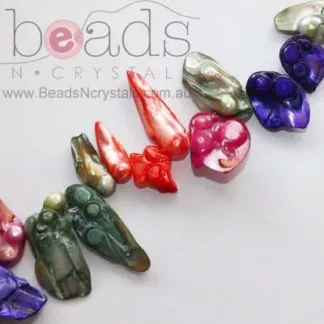
Freshwater Pearl Dyed Large Flat Double Baroque Blister Beads Strand
$16.0015 in stock
-
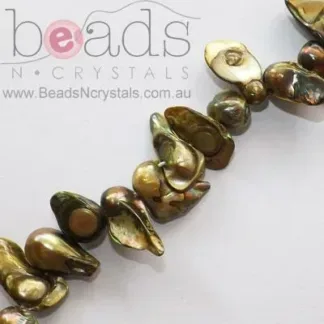
Freshwater Pearl Khaki Flat Small Baroque Beads Strand
$16.0014 in stock
-
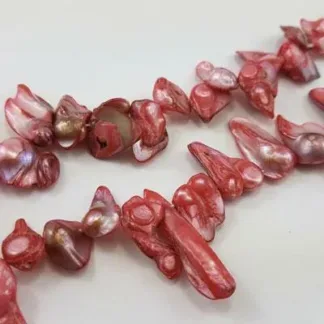
Freshwater Pearl Large Flat Salmon Pink Baroque Blister Beads Strand
$16.005 in stock
-
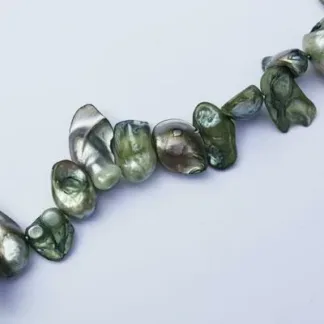
Freshwater Pearl Lime Green Flat Small Baroque Blister Beads Strand
$16.004 in stock
-
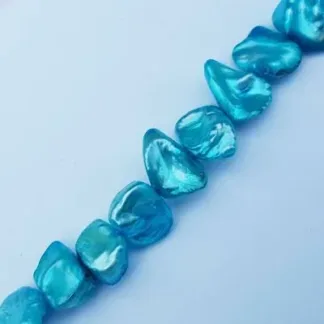
Freshwater Pearl Medium Bright Blue Irregular Blister Nugget Beads Strand
$12.00Out of stock
-
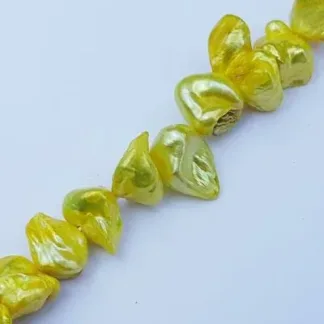
Freshwater Pearl Medium Bright Yellow Irregular Blister Nugget Beads Strand
$12.005 in stock
-
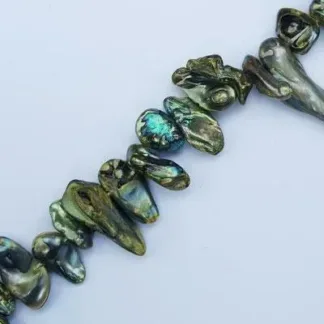
Freshwater Pearl Medium Green Irregular Flat Top Drilled Blister Beads Strand
$16.0011 in stock
-
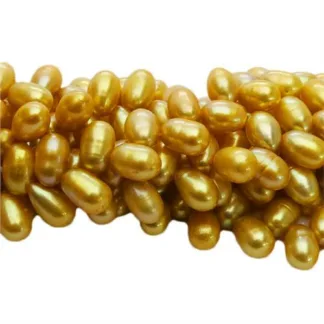
Freshwater Pearl Oval Top Drilled 5x8mm Gold Beads Strand
$36.006 in stock
-
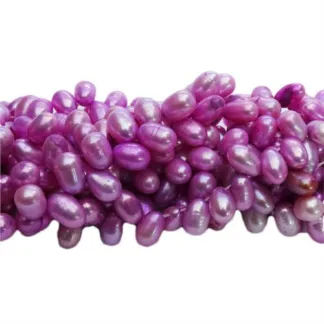
Freshwater Pearl Oval Top Drilled 5x8mm Purple Rose Beads Strand
$36.0026 in stock
-
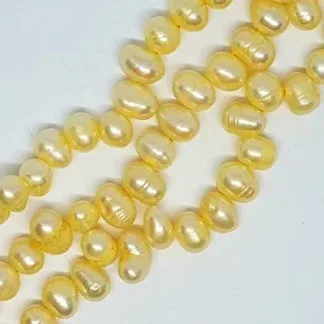
Freshwater Pearl Pale Yellow 6x7mm Top Drilled Beads Strand
$18.006 in stock
-
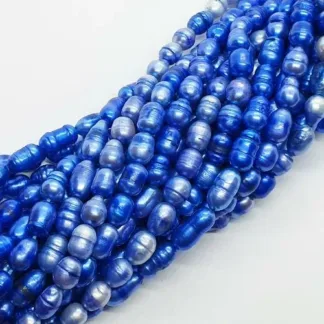
Freshwater Pearl Potato Blue/Silver 4x6mm Beads Strand
$8.0073 in stock
-
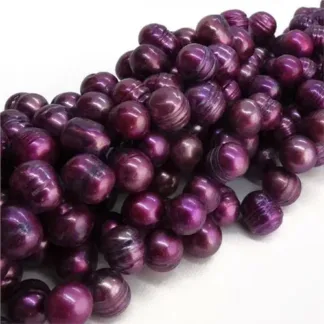
Freshwater Pearl Top Drilled 8-9mm Fuchsia Ringed Beads Strand
$16.00103 in stock
-
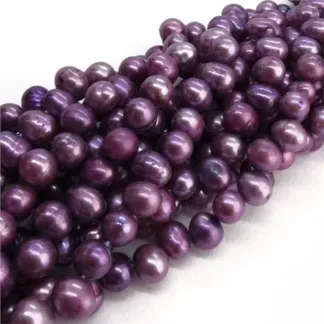
Freshwater Pearl Top Drilled 8-9mm Lavender Potato Beads Strand
$18.0038 in stock
-
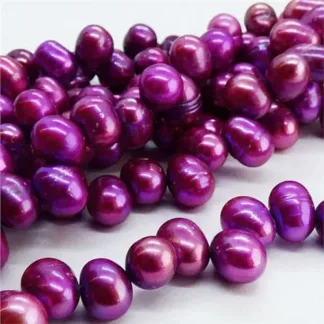
Freshwater Pearl Top Drilled 8x10mm Berry Fuchsia Potato Drop Beads
$22.0048 in stock
-
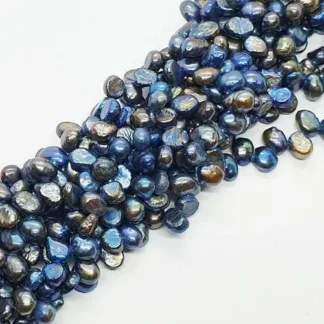
Freshwater Pearl Top Drilled Flat Sided Potato 5-6mm Metallic Navy Bronze Beads Strand
$20.00107 in stock
-
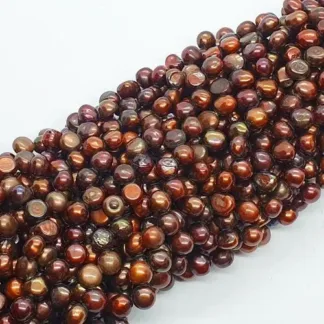
Freshwater Pearl Top Drilled Flat Sided Potato Chocolate Brown 4x5mm Beads Strand
$26.0069 in stock
-
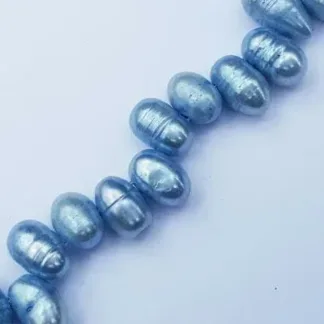
Freshwater Pearl Top Drilled Light Blue 8-10mm Beads Strand
$12.00Out of stock
-
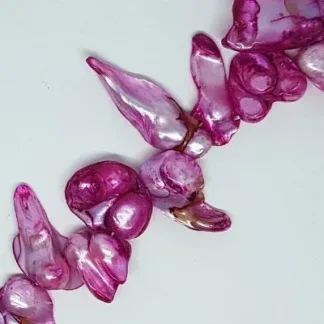
Freshwater Pearls Blister Pink High Gloss Beads Strand
$18.004 in stock
Looking for different Coloured Pearls? Beads N Crystals stocks a wide range of options such as:
- Glass Pearls
- Swarovski Crystal Pearls
- Preciosa Nacre Pearls
- Czech Glass Pearls
- Faux Pearls (Acrylic)
- Natural Freshwater Pearls
Are coloured pearls natural?
Our coloured freshwater pearls are dyed using safe and environmentally responsible colouring agents. Freshwater pearls can be dyed to achieve a wide range of colours that may not otherwise be available in nature.
Before dyeing, the freshwater pearls are carefully cleaned to remove any impurities or debris on their surface. This ensures that the dye adheres evenly to the pearls. A dye bath is prepared by mixing the desired colourant with a suitable skin-safe dyeing solution. The colorant can be a natural or synthetic dye, depending on the desired colour.
The pearl beads are then placed in the dye bath and allowed to soak for a specific time. The length of time can vary depending on the desired colour intensity and the type of pearls being dyed. In some cases, the solution may be heated to assist the absorption of colour. Warm solutions can help the colour penetrate the pearls more effectively, resulting in a more vibrant and uniform coloration. However, excessive heat can damage the pearls, so caution is taken to achieve the best results.
After the desired colour is achieved, the pearls are removed from the dye bath and thoroughly rinsed to remove any excess dye. This ensures that the colour remains stable and does not bleed onto other materials. The pearls are then carefully dried before they can be strung into strands for sale to jewellery makers and beaders, like you!
It’s important to note that dyed freshwater pearls may require special care to maintain their colour and longevity. Exposure to chemicals, extreme temperatures, and prolonged sunlight can fade or alter the dyed colour over time. Therefore, it’s recommended to handle dyed pearls with care and avoid exposing them to harsh conditions.
Colours of Pearls
Generally, natural pearls come in a natural palate of whites, peaches, creams, pale yellows, greys and peacocks. Most other colours including gold pearls, bright green, purple, red and blues are generally only possible with dyed pearls. The process of colouring pearls allows for many new colours of pearls for jewellery making.
Showing all 28 results





